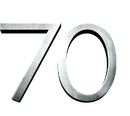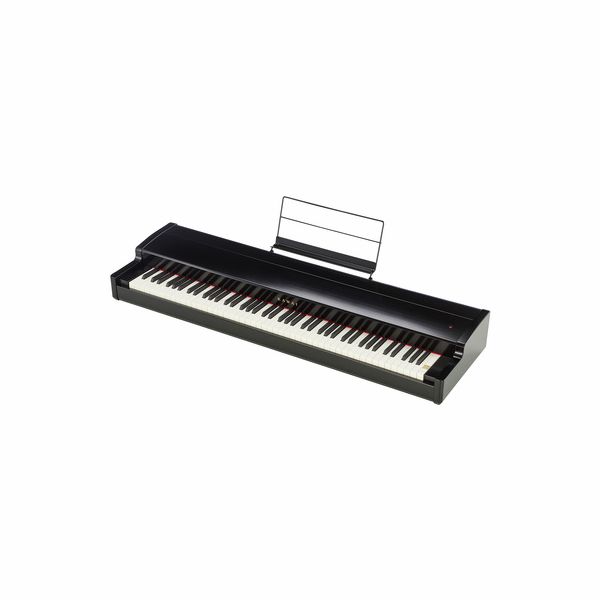Nach über 15 Jahren ohne Piano - davor ein paar wenige Jahre aktiven Unterricht - endlich ein "Ersatzpiano" das in eine kleine Wohnung passt. Perfekt!
Mein Wunsch war einfach:
Nach einer langen Trockenphase ohne Piano, nicht zuletzt aufgrund der Wohnungssituation, wollte ich meinem Drang nachgeben wieder aktiv zu musizieren.
Im Kopf hatte ich die (für mich) unseligen und unbrauchbaren Keyboards. Das Tastaturgefühl passte einfach nicht für mich. Ich will "echte" Tasten unter den Fingern.
Also möglichst ein Piano mit allen Vorteilen (Klang, Spielgefühl, ZEN-Simplizität ;-) auch für meine Wohn-Situation (wenig Platzbedarf, Transportabilität bei möglichen Umzügen, kein Lärm für meine Nachbarn).
PC, Audio-Verstärker und gute Boxen waren vorhanden. Es fehlte nur noch eine perfekte Tastatur.
Zur zufällig richtigen Zeit eine Internet-Recherche gestartet. Sofort war klar:
Hinsichtlich Purismus, Aussehen, Funktionen - und hoffentlich auch Spielgefühl ? konnte eigentlich nur das völlig neu auf dem Markt sich platzierende VPC1 in Frage kommen.
Ich will keine tausend Knöpfe, keine Effekte, keine ?Wheels? und Digitalanzeigen. Lediglich ein möglichst authentisch klingendes Piano und auch dem Spielgefühl, nach Möglichkeit auch dem Äußeren nach einem Selbigen ähnlich.
Bestellt, innerhalb weniger Tage geliefert, ausgepackt und an den vorbereiteten PC gekoppelt. Die nötige Software gestartet (Kontakt 5 mit Alicias Keys Piano bzw. Vintage D), ein wenig an den Optionen gespielt um Ton zu erhalten. Ergebnis:
Besser geht es nicht! Klingt wie ein Piano, spielt sich wie ein solches! Ich habe ein solch authentisches Spielgefühl nicht für möglich gehalten. Zugegeben, ich bin kein großer Pianist, mir gehen auch umfangreiche Vergleichsmöglichkeiten ab. Mein einziger Vergleich ist das alte Piano in meinem Elternhaus. Dem steht das VPC1 für mich in Nichts nach.
Die Verarbeitung ist offensichtlich hervorragend. Ich halte mich für einen Menschen mit gutem Materialgefühl und Blick für Details. Das VPC1 beurteile ich vom ersten Moment an und auch nach ein paar Wochen in Gebrauch für sehr hochwertig. Massiv, wertig, edel, puristisch, perfekt.
Nachtrag: in einigen Bewertungen wird das Fehlen von OSX-Software bemängelt. Das ist seit einiger Zeit hinfällig. Die Editorsoftware läuft mittlerweile auch auf einem MAC.





)

)
)
)


